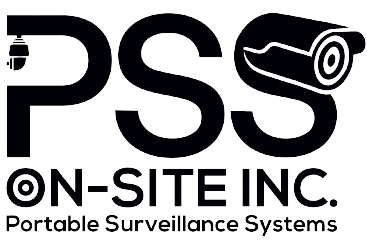Introduction
Advanced camera systems represent a pivotal advancement in surveillance technology, revolutionizing the landscape of security and crime prevention. Among their myriad capabilities, the ability to detect and preempt wrongdoing stands out as a testament to the power of innovation in safeguarding communities and upholding public safety.

Evolution of Surveillance Cameras
The journey of surveillance cameras from analog to digital realms underscores a paradigm shift in monitoring capabilities. With the integration of artificial intelligence (AI), modern camera systems transcend mere passive observation, evolving into proactive instruments of detection and intervention.
Principles of Wrongdoing Detection
At the heart of advanced camera systems lie sophisticated algorithms capable of analyzing human behavior, recognizing faces, and identifying suspicious objects in real-time. By harnessing the principles of behavioral analysis, facial recognition, and object detection, these cameras discern patterns indicative of potential wrongdoing.
Advanced Features of Wrongdoing Detection Cameras
Real-time alerts empower authorities to swiftly respond to unfolding situations, preempting threats before they escalate. Predictive analytics offer insights into emerging trends and vulnerabilities, enabling preemptive measures to mitigate risks. Customizable settings afford flexibility in tailoring surveillance parameters to specific environments and security needs.
Applications of Advanced Camera Systems
The deployment of advanced camera systems spans diverse sectors, from law enforcement agencies striving to combat crime to retail establishments seeking to deter theft and vandalism. By augmenting traditional security measures, these cameras bolster situational awareness and bolster crime prevention efforts.
Ethical and Privacy Considerations
The proliferation of surveillance technology raises ethical dilemmas concerning the balance between public safety and individual privacy rights. As cameras delve deeper into public spaces, concerns regarding surveillance creep and data misuse necessitate robust safeguards and transparent governance frameworks.
Challenges and Limitations
Despite their efficacy, advanced camera systems are not without challenges. Issues such as accuracy and false positives underscore the importance of fine-tuning algorithms and minimizing unintended consequences. Moreover, navigating the complex legal and regulatory landscape surrounding surveillance technologies poses significant hurdles to widespread adoption.
Future Trends and Innovations
The future of wrongdoing detection cameras holds promise for further integration with smart city initiatives, fostering seamless connectivity and data sharing across urban infrastructure. Enhanced machine learning algorithms promise to refine detection capabilities, minimizing false alarms and optimizing resource allocation.
Conclusion
In conclusion, the technology behind cameras detecting wrongdoing in advance represents a paradigm shift in security and surveillance. By harnessing the power of artificial intelligence and real-time analytics, these cameras empower communities to preempt threats, safeguard public spaces, and foster a safer, more secure future. As advancements continue to unfold, striking a delicate balance between security imperatives and individual liberties remains paramount in shaping the ethical and legal landscape of surveillance technology.
